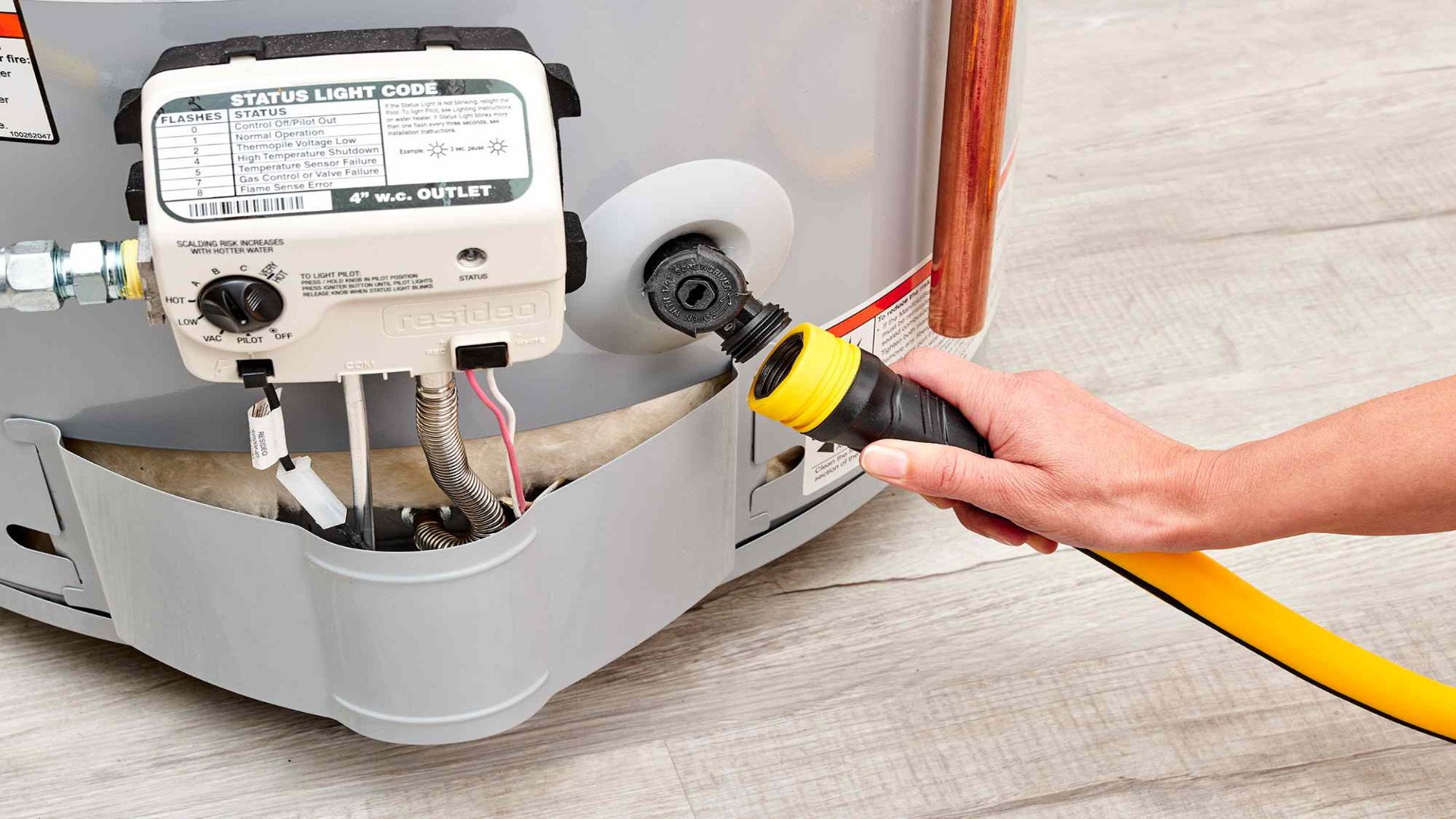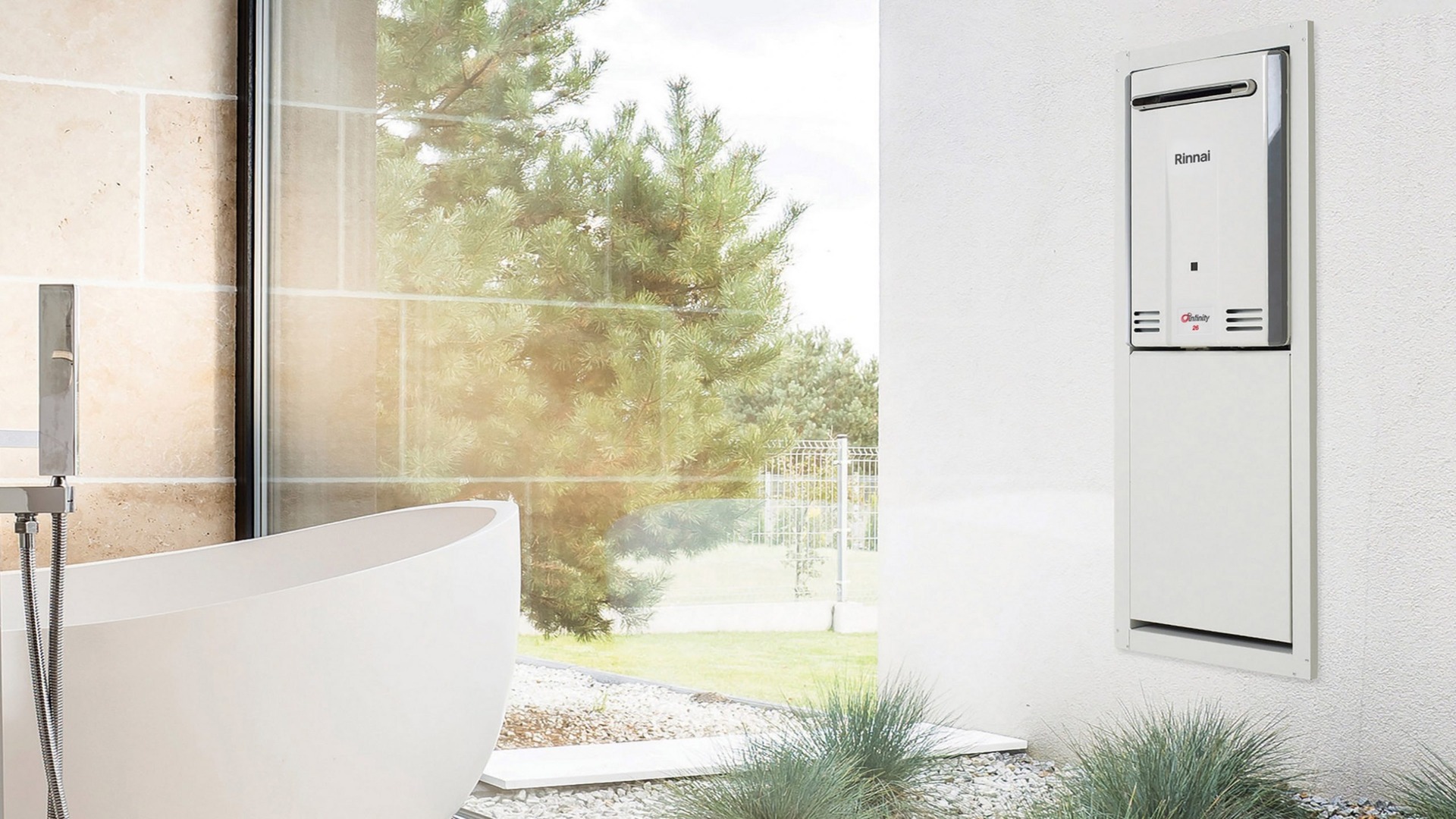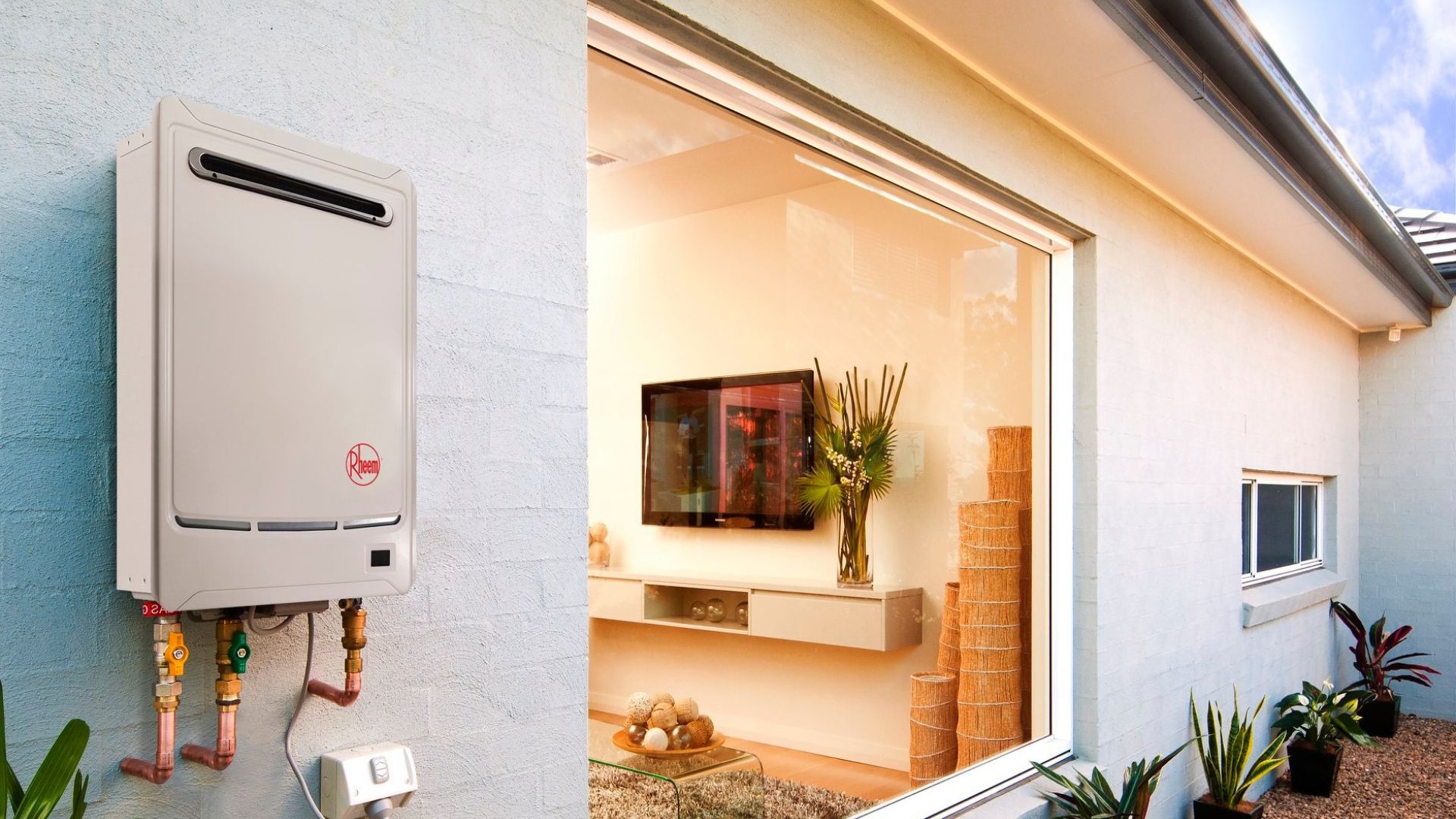7:00AM to 5:00PM

Most homes rely on gas-fired water heaters to provide the warm water we use daily for dishes, laundry, bathing and more. But have you ever wondered what’s happening inside your gas hot water tank to produce that steady supply of warm H2O?
This blog post will explain how gas-hot water systems work their magic. We’ll look at the major components like the gas burner, heat exchanger and thermostat. We’ll discuss how natural gas is ignited to create heat transferred to water.
You’ll learn how water circulates through the system to be warmed on demand or stored continuously at a set temperature. By the end, you’ll better understand the deceptively simple yet effective process that gives us a hot water system with the flick of a hot water tap.
All gas hot water heaters rely on three main internal components to deliver warm water:
The burner is where natural gas is ignited to generate flame and heat. It provides a consistent flame that can be adjusted via a gas valve to control water temperature precisely.
The heat exchanger is a coil of pipes located near the burner flame. Its purpose is to transfer heat from the burning gas into the water flowing through the pipes. The heat exchanger is usually a metal cylinder with water flowing around the outside and a burner flame inside.

The thermostat monitors the water temperature and acts as the “brain” of the water heater. As water flowing through the heat exchanger approaches the set temperature, the thermostat cuts power to the gas valve and burner, stopping the heat input.
When more hot water is needed, the thermostat signals the burner to re-ignite and reheat the water inside the storage tank. This ensures a consistent output temperature.
A gas hot water system uses a few key processes to deliver warm water on demand. When a tap is turned on, cold water enters the bottom of the storage tank, triggering the lower thermostat.
This sends a signal to open the gas valve, allowing natural gas to flow into the burner compartment. A pilot light or electronic igniter sparks and ignites the gas into a consistent flame.

The intense heat from the burning gas is then transferred through the metal walls of the heat exchanger, where the water surrounds it on the outside. As the water circulates through the heat exchanger, its temperature rises due to the conduction of thermal energy.
Once the upper thermostat reaches the preset temperature threshold, the gas valve closes to cut off the flame. The warm water then flows from the top of the tank whenever needed, with the system standing by to reheat more quickly as colder water enters the bottom of the tank.
The main types are continuous flow (instantaneous or tankless) versus storage water heaters. Constant flow units only heat water as you need it, which can help reduce energy bills. However, they don’t store hot water like storage hot water systems.
Storage systems typically have 26L, 50L or 80L tanks that prepare large volumes of water at a set temperature. Larger tanks accommodate multiple simultaneous uses but consume more energy to maintain the higher volume at temperature.
Selecting a tank size that matches your household’s typical daily hot water needs is essential. It is too small, and you may run out during peak usage. It is being too large, which means heating and storing more water than necessary.

Always check the energy rating, too. In Australia, these are given in stars, with at least five stars recommended for an efficient model. Higher star ratings, like 5.5 or 6 stars, indicate models in the top efficiency brackets. However, solar hot water systems are becoming increasingly popular for their energy efficiency, while heat pump systems are the cutting edge of renewable and efficient hot water production.
Factors like insulation levels contribute to energy efficiency. Proper flushing and ventilation are also crucial for safety. Considering your home’s requirements will help you choose the most suitable gas hot water system for Australian conditions and regulations.
Proper maintenance is crucial to ensure a gas hot water system continues operating safely and efficiently over its lifespan. At a minimum, the unit should be inspected annually, checking components like the burner, flue, and ventilation for any blockages or issues.
Sediment built up at the bottom of a storage tank must also be flushed out about once a year. Thermostats typically last 7-10 years and must be replaced at the first sign of failure.

Other common replacement parts include heating elements, thermocouples, and gas valves. Monitoring hot water recovery time and temperature stability is also a good idea – irregularities could indicate it’s time for repairs or an upgrade.
Following the manufacturer’s maintenance schedule and catching problems early can help avoid more severe issues. With regular care and servicing by a licensed professional, a quality gas hot water system can provide years of dependable hot water service.
With proper maintenance, a typical gas hot water system’s expected lifespan is 8-12 years. On-demand or tankless water heaters may last slightly longer, around 12-15 years.
Water pressure can be impacted by the restriction of continuous flow caused by a build-up of mineral deposits, undersized pipes, or a faulty pressure regulator valve. Sediment build-up inside the water heater tank over time can also reduce pressure.
Installing a primary water heater is a DIY project for a capable, handy homeowner. However, gas lines and venting require special skills and adherence to safety codes. It’s best to consult the local plumbing code and consider hiring a licensed plumber for a new installation. Replacing just the heater unit can be done independently.
Gas water heaters utilise simple principles of combustion, heat transfer, and water circulation to provide hot water on demand or to store it continuously and reliably. While their essential functions are straightforward, proper installation, maintenance and eventual replacement require specialised skills.
At Gold Coast Plumbing, our licensed professionals have years of experience servicing, repairing and installing high-quality gas hot water systems throughout the Gold Coast area. Whether you need a routine inspection, parts replacement, a new setup or assistance upgrading to a more energy-efficient model, we have the expertise to get the job done right.
Check if your gas water heater needs maintenance or needs to perform better. You can count on us for honest assessments and affordable solutions. Contact Gold Coast Plumbing to arrange for one of our plumbing experts to evaluate your system. Your family’s comfort and safety are our top priorities.